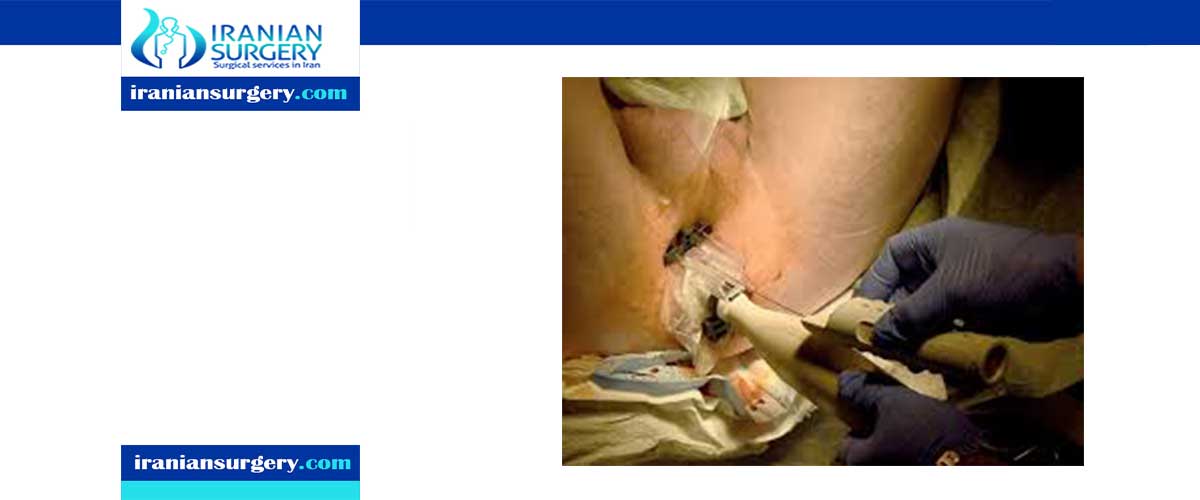Prostate biopsy complications

Can you drive after a prostate biopsy?
Prostate biopsy results
What percentage of prostate biopsies are positive for cancer?
How painful is a biopsy of the prostate?
How soon can I exercise after a prostate biopsy?
Complications
Some discomfort is likely during the recovery time, but sometimes, more severe complications can arise.
If the following occurs, the person should call their doctor at once:
- prolonged or heavy bleeding
- a fever
- difficulty urinating
- worsening pain
In rare cases, sepsis can occur. Sepsis is a potentially life threatening infection that needs urgent medical attention.
Read more about: Orchiectomy surgery for prostate cancer
Read more about: Prostate Cancer Treatments Pros and Cons
Signs and symptoms of sepsis include:
- a rapid heart rate
- fever and chills
- confusion
- shortness of breath
- pain and discomfort
- clammy or sweaty skin
Other risks include blood in the semen or urine, discomfort in the area of surgery for a few days, and difficulty urinating. To help prevent further complications after the biopsy, men should look out for these signs: prolonged or heavy bleeding. fever.

Can you drive after a prostate biopsy?
You may get a sedative before the procedure to help you relax. Because the sedative may make you drowsy, you will need to arrange for someone to drive you home. You cannot drive for 24 hours after your procedure or until pain allows and an emergency stop can be handled pain free. Please arrange for someone to take you home from hospital after your procedure.
Prostate biopsy results
A doctor who specializes in diagnosing cancer and other tissue abnormalities (pathologist) will evaluate the prostate biopsy samples. The pathologist can tell if the tissue removed is cancerous and, if cancer is present, estimate how aggressive it is. Your doctor will explain the pathologist's findings to you.
Your pathology report may include:
- A description of the biopsy sample. Sometimes called the gross description, this section of the report might evaluate the color and consistency of the prostate tissue.
- A description of the cells. Your pathology report will describe the way the cells appear under the microscope. Prostate cancer cells may be referred to as adenocarcinoma. Sometimes the pathologist finds cells that appear abnormal but aren't cancerous. Words used to describe these noncancerous conditions include "prostatic intraepithelial neoplasia" and "atypical small acinar proliferation."
- Cancer grading. If the pathologist finds cancer, it's graded on a scale of 2 to 10 called the Gleason score. Cancers with a high Gleason score are the most abnormal and are more likely to grow and spread quickly.
- The pathologist's diagnosis. This section of the pathology report lists the pathologist's diagnosis. It may also include comments, such as whether other tests are recommended.
Read more about : Donating a testicle pros and cons
Read more about : 5 essential secrets growing male breasts
What percentage of prostate biopsies are positive for cancer?
Through prostate biopsies, researchers found that almost 92 percent of the men were found to have no cancer or low to moderate cancer. In 67.8% of patients, prostate cancer was detected with repeated ex-vivo biopsies using the same mapping postoperatively. We found an increase in PSA level, PSA density and biopsy Gleason score; patient age, decreases in prostate weight and free/total PSA ratio yielded higher detection rates. Your biopsy results will show how aggressive the cancer is in other words, how likely it is to spread outside the prostate.
How painful is a biopsy of the prostate?
You will feel some pressure when the probe is inserted, but it is usually not painful. Usually between 6 – 12 (sometimes more) prostatic tissue samples are obtained and the entire procedure lasts about 10 minutes. A local anesthetic can be used to numb the area and reduce any pain. Most men do not find prostate biopsy excessively painful or uncomfortable, and the complications are usually not serious but can be. Certain steps taken before, during, and after the procedure can improve the outcome:
Take antibiotics. Taking preventive antibiotics before and after the procedure cuts the risk of infection substantially. Most infections are not dangerous but could become so if they get out of control. The overall chance of being hospitalized with an infection after prostate biopsy is 1% to 3%.
Review medications. Before the biopsy, your doctor may advise you to stop taking daily low-dose aspirin or an anticoagulant (blood thinner) such as warfarin (Coumadin), dabigatran (Pradaxa), edoxaban (Savaysa), rivaroxaban (Xarelto), or apixaban (Eliquis). These drugs reduce the blood's ability to clot. Your doctor will weigh the chance of bleeding against the need for anticoagulants to prevent heart problems or stroke.
Expect anesthesia. Get local anesthesia for the biopsy. This means an injection of a numbing drug into the prostate gland to reduce pain during the biopsy.
How soon can I exercise after a prostate biopsy?
Blood in the semen may persist for up to 6 weeks after your biopsy. Avoid strenuous exercise such as jogging, heavy lifting, golfing, and bike riding for at least 7 days after the procedure in order to minimize the possibility of significant bleeding.
Read more about: Radical prostatectomy steps
Read more about: Orchiectomy surgery for prostate cancer
Read more about: Newest prostate cancer treatments

